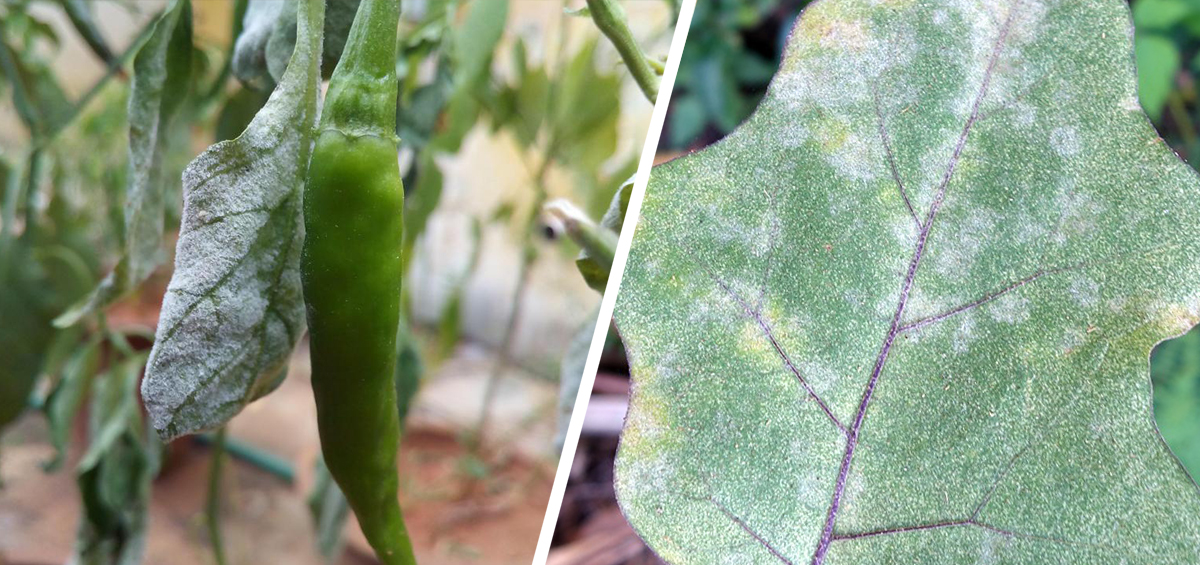
When walking in your polyhouse or farm, Have you noticed any fine, white dust settling on lush green leaves of your solanaceous crop? At first, it might seems harmless, but within days, the leaves will be completely covered with dust will turn brown and fall off. The crop that once anticipated a good yield now begins to fail halfway through, putting all your hard work at risk and leading to financial losses. This is the devastating impact of powdery mildew, a silent invader that spreads quickly and destroys crop productivity.
Solanaceous vegetables are members of the plant family Solanaceae which includes some economically and nutritionally important crops like Tomato (Solanum lycopersicum), Brinjal or eggplant (Solanum melongena), Chilli (Capsicum annuum) and Capsicum (Capsicum spp.). These crops are grown extensively in India due to their high market demand, high vitamins, antioxidants, and dietary fibre content and their adaptability to various agro-climatic zones. They are also a crucial component of the Indian diet and have a significant role in exports, particularly Chilli where India is the world’s largest producer, consumer, and exporter of dry chilli.
However, the production of solanaceous crops is severely threatened by a number of biotic stresses, among which Powdery mildew, caused by the fungus Leveillula taurica, is of great concern. The pathogen is highly destructive because of it’s typical endophytic behaviour, in which the mycelium of the fungus grows mainly within the leaf tissues and forms conidiophores that grow out through stomatal pores. This distinctive characteristic of the pathogen is the key factor behind the severity of the disease outbreak.
To safeguard the yields of your solanaceous crop it’s essential to recognize the early signs of infection and take timely action.
Powdery mildew spreads rapidly under the following conditions:
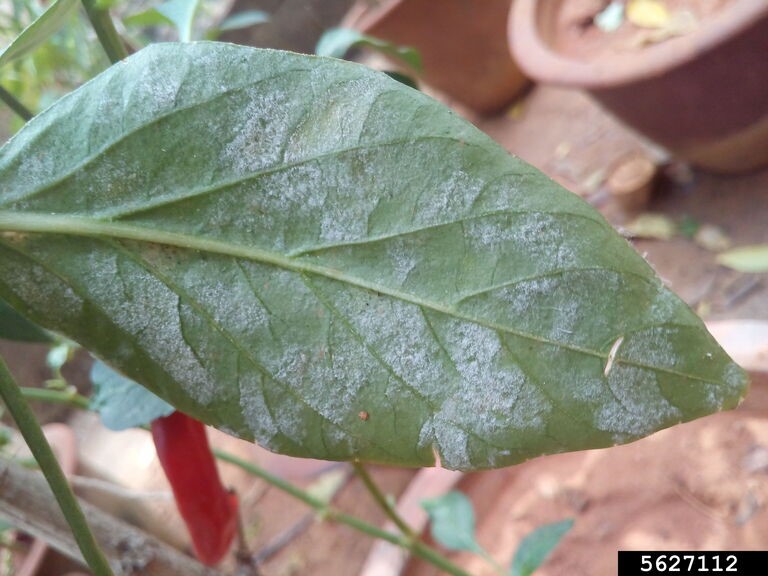
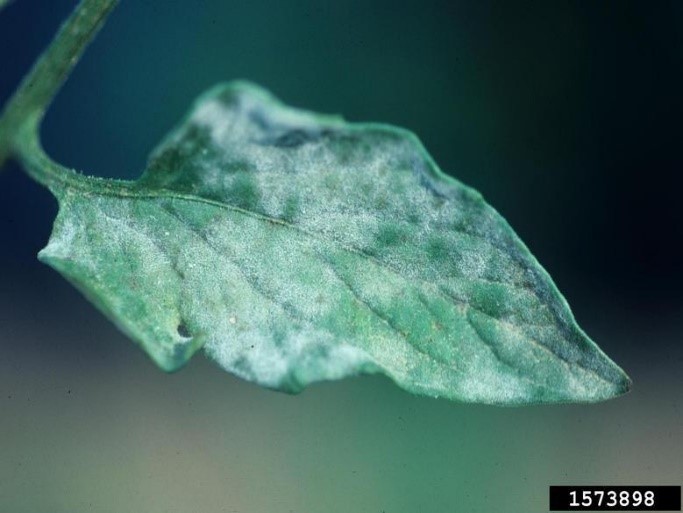
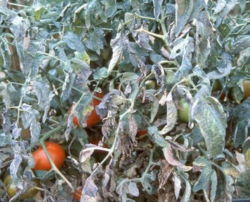
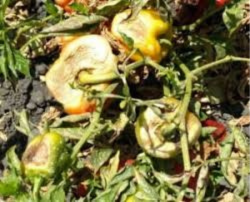
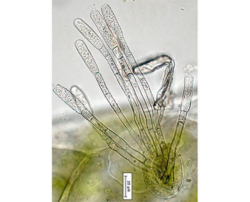
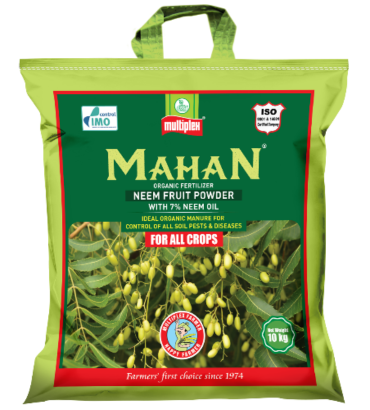
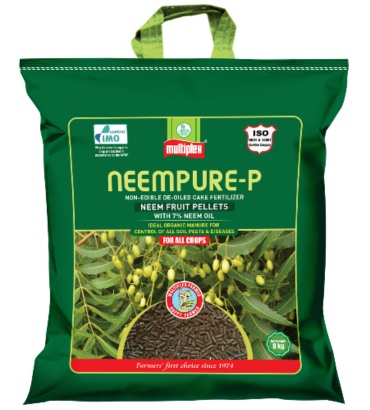
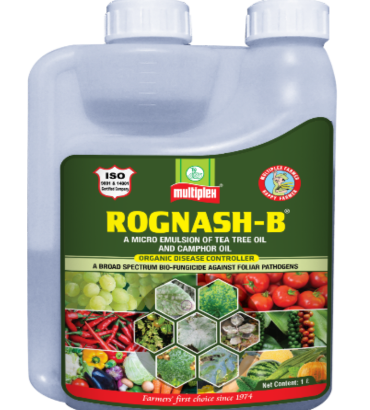
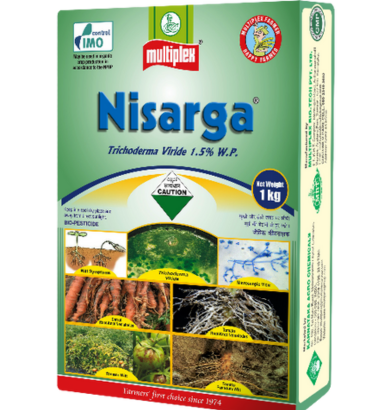



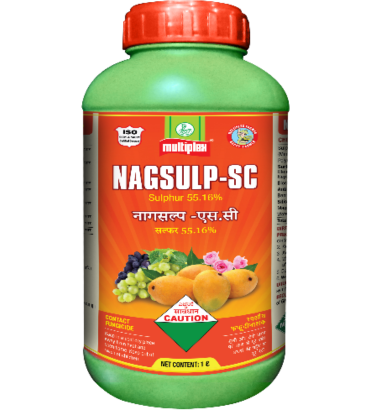

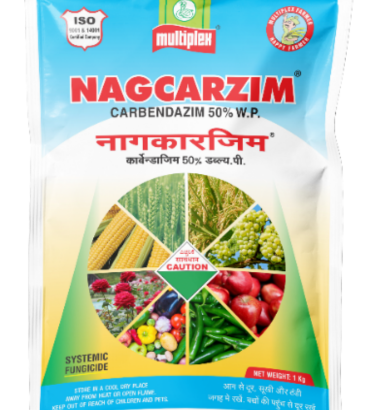


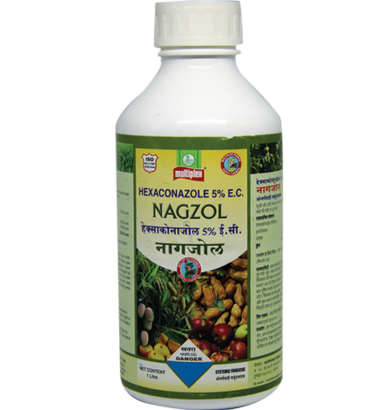
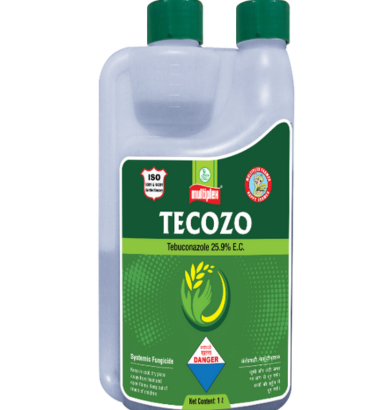

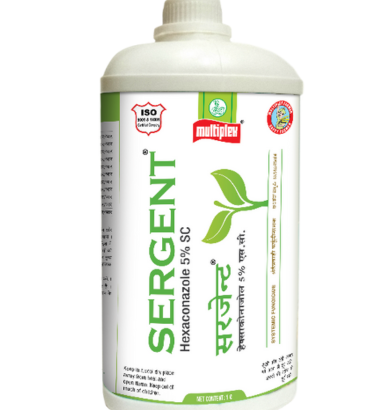
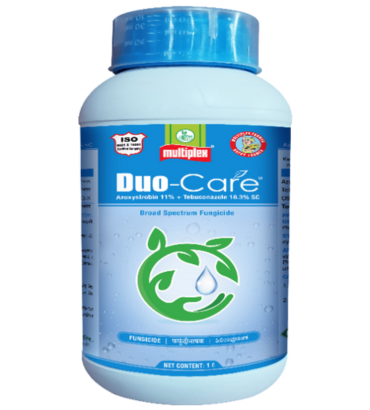
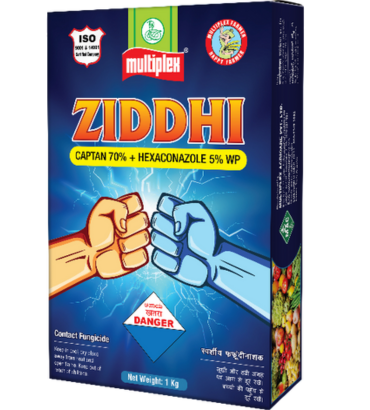
Powdery mildew in Solanaceous crops can be effectively managed through a combination of cultural, biological, and chemical control methods. Early detection, anticipating weather conditions, and taking preventive measures are crucial for maintaining healthy crops and ensuring high yields. Adopting the right integrated disease management approach, farmers can protect their plants and maximize productivity.